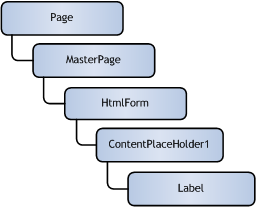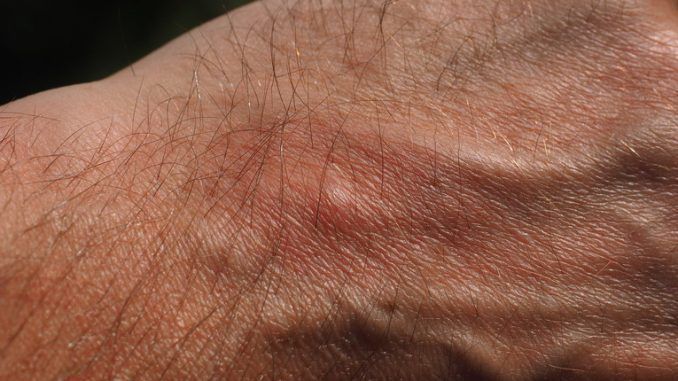Importance of genome study for ovarian and breast cancers
From the oncological point of view, it is good to evaluate any kind of symptoms, as in the case of symptomatic ovarian cancer, for early intervention. Genes in chromosomes are made of DNA and contain the information inherent in heredity 1 .
Studying the set of genes (genome) helps to better understand cancer development and provides information about treatments 2 .
Importance of prevention
Prevention starts with the identification of risk factors (heredity, age, incorrect diet, environmental factors) related to the development of neoplasms. Today, awareness of these risk factors is increasing thanks to numerous information and awareness campaigns.
The origin of cancers is due to abnormalities in cell reproduction. The presence of gene alterations causes loss of control in cell reproduction, excess cells no longer fulfill their functions, may turn malignant and spread to neighboring areas originating neoplasms and metastasis. In the 1990s it was discovered that alterations to BRCA genes increase the rate of breast or ovarian cancer development in the subject. Women who have the BRCA1 mutated gene are 87 percent more likely to get breast cancer and 40 percent more likely to get ovarian cancer 3,4 .
The presence of an alteration does not imply the development of cancer but is useful to start the preventive pathway ad hoc.
Genetic testing uses a blood sample to examine the affected genes. This test reads DNA with NGS technology that is able to sequence thousands of genes simultaneously 5 , minimizing the time and cost of analysis. NGS stands for Next Generation Sequencing, Referred to DNA sequencing technique posterior to traditional DNA sequencing technique based on Sanger method 5 .
Informing yourself about your familiarity to neoplasms is important to start personalized treatments. Here’s why it’s important to get a genetic screening exam.
For more information: www.brcasorgent.en
Edited by: Genetic Source Press Office
Sources:
1) R. DULBECCO, The map of life, Sperling & Kupfer Publishers S.p.A., 2001
2) The Cancer Numbers 2014 – publication edited by Aiom. Com e Artum
3) R. FERLA, et al., Founder mutations in BRCA1 and BRCA2 genes, Annals of Oncology 18, Supplement 6, vi93-vi98, 2007
4) S. CHEN, et al., Meta-analysis of BRCA1 and BRCA2 penetrance. J ClinOncol, 25(1 1 ):1 329-1 333, 2007
5) U. DEMKOW, R. PLOSKI, Clinical Application for Next-Generation Sequencing, Elsevier, 2016


